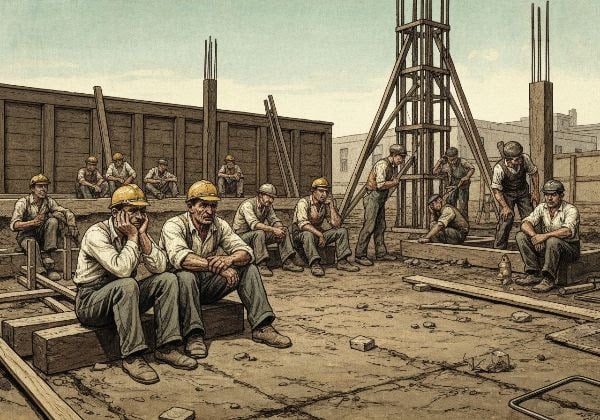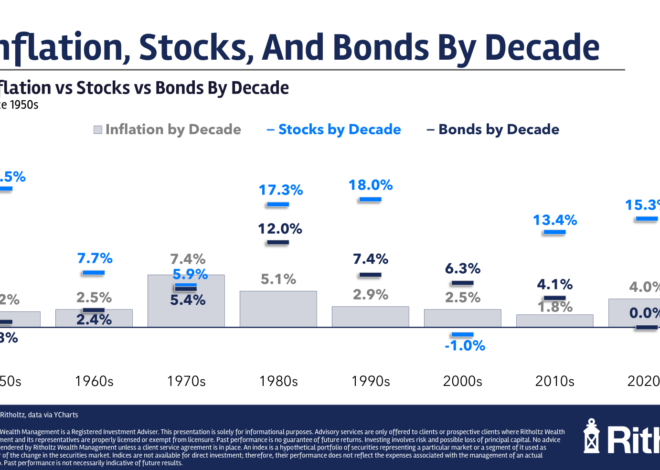At a Glance:
-
-
Housing starts and permits have fallen sharply in 2025.
-
Real estate markets are floundering.
-
That doesn’t bother me in the least, and it shouldn’t bother you either
-
In the five months from March to August, residential construction permits fell 10.2%. (We don’t have data for September, because we don’t have a functioning government.)
From February to August, housing starts fell 12.3%.
Why are homebuilders pulling back?
Even more importantly, what does all this mean for us as real estate investors?
Disclaimer
The information provided on this website is for general informational purposes only and should not be construed as legal, financial, or investment advice.
Always consult a licensed real estate consultant and/or financial advisor about your investment decisions.
Real estate investing involves risks; past performance does not indicate future results. We make no representations or warranties about the accuracy or reliability of the information provided.
Our articles may have affiliate links. If you click on an affiliate link, the affiliate may compensate our website at no cost to you. You can view our Privacy Policy here for more information.
Drop in New Construction
The housing market isn’t what it was during and after the pandemic.
Nationwide, Zillow reports flat (0.1%) home price growth year-over-year. In many markets, home prices have fallen 2-5%.
Rents have fared even worse, falling 0.4% over the last year.
Plus, higher interest rates have led to higher cap rates, which caused multifamily properties to drop 25-30% in value from 2022 to 2025.
You can see why homebuilders aren’t so keen to start new projects right now.
What’s Coming in 2026?
After a surge in new construction between 2021-2025, a breather in homebuilding will help demand catch up to new supply. That will drive rents higher in 2026.
RCL summarizes it like this: “Slowing new supply and strong renter demand set the stage for tighter markets and rising rents in 2026 and beyond.”
What About Interest Rates?
The Federal Reserve has signaled lower interest rates in late 2025 through 2026.
Lower interest rates mean lower cap rates, which mean higher property prices.
All of which makes now a tempting time to invest in real estate projects – if you plan to hold for a few years.
Flippers? They’ll likely struggle over the next year.
Want to compare investment property loans?
What do lenders charge for a rental property mortgage? What credit scores and down payments do they require?
How about fix-and-flip loans?
We compare the best purchase-rehab lenders and long-term landlord loans on LTV, interest rates, closing costs, income requirements and more.
So What Am I Doing?
I’m doing the same thing I do every month: I continue investing.
Three years ago was a great time to sell but a bad time to buy.
Now it’s become a good time to buy.
But regardless of what happens in the market, I keep investing. I practice dollar cost averaging, because I don’t believe in timing the market.
Every month, I invest $5,000 in a hands-off real estate project as a member of the Co-Investing Club. Just like every month I invest money in the same stock index funds, regardless of whether the market’s up or down.
Have questions about how it works? We get that. Most people aren’t familiar with passive real estate investments.
That’s why Deni and I make ourselves available for 30+ minutes every Thursday at 3:30 EST on an open Zoom call. Show up today at 3:30 EST and ask us about anything that’s on your mind!
The post Supply crash? What the builder pullback means for investors appeared first on SparkRental.








